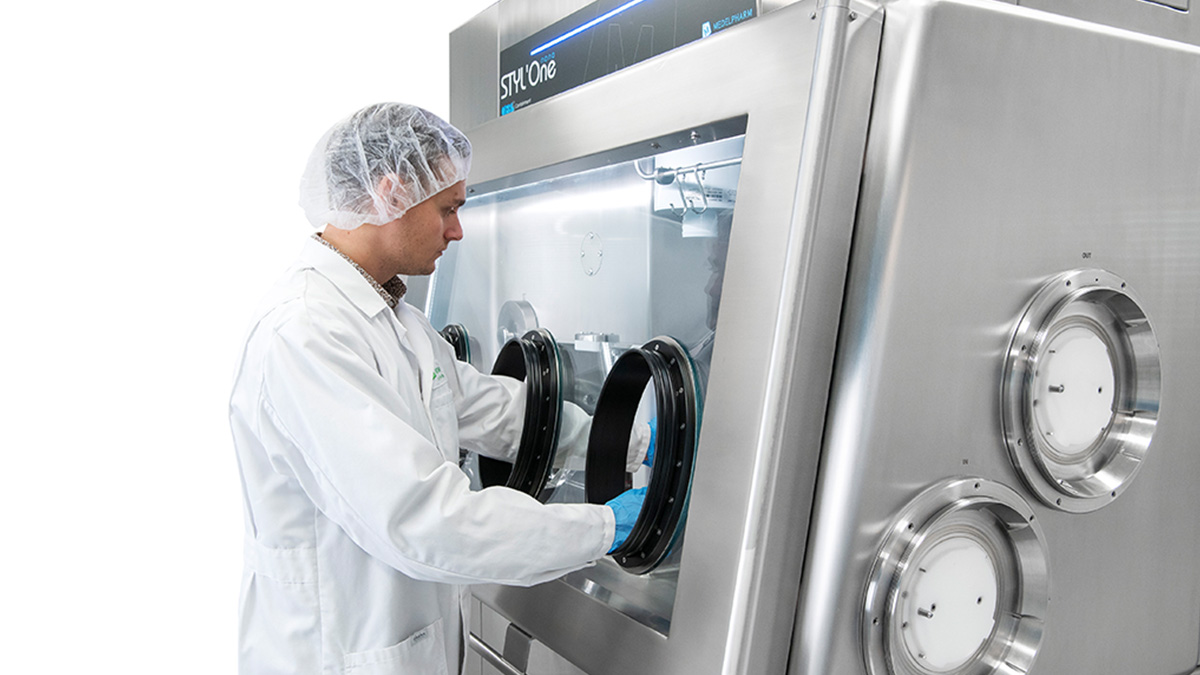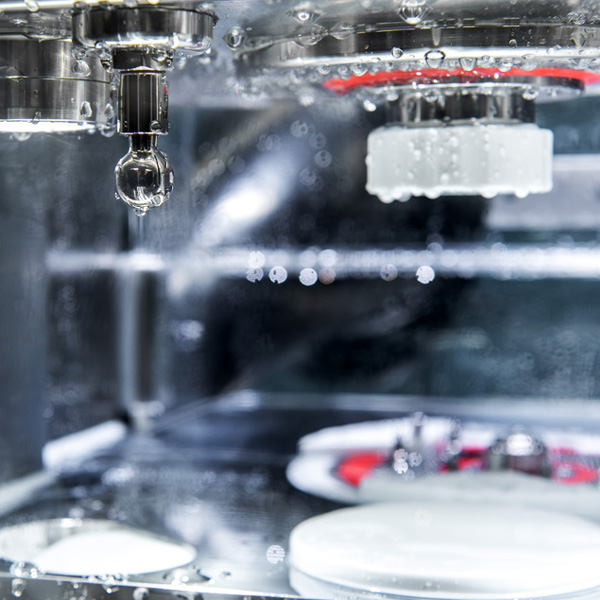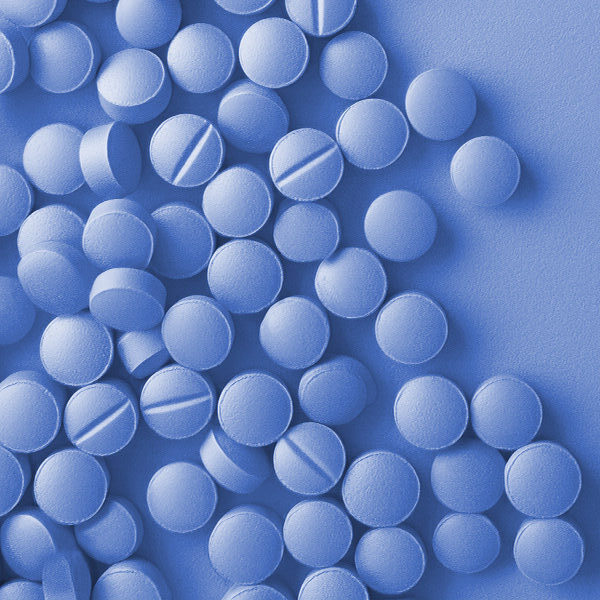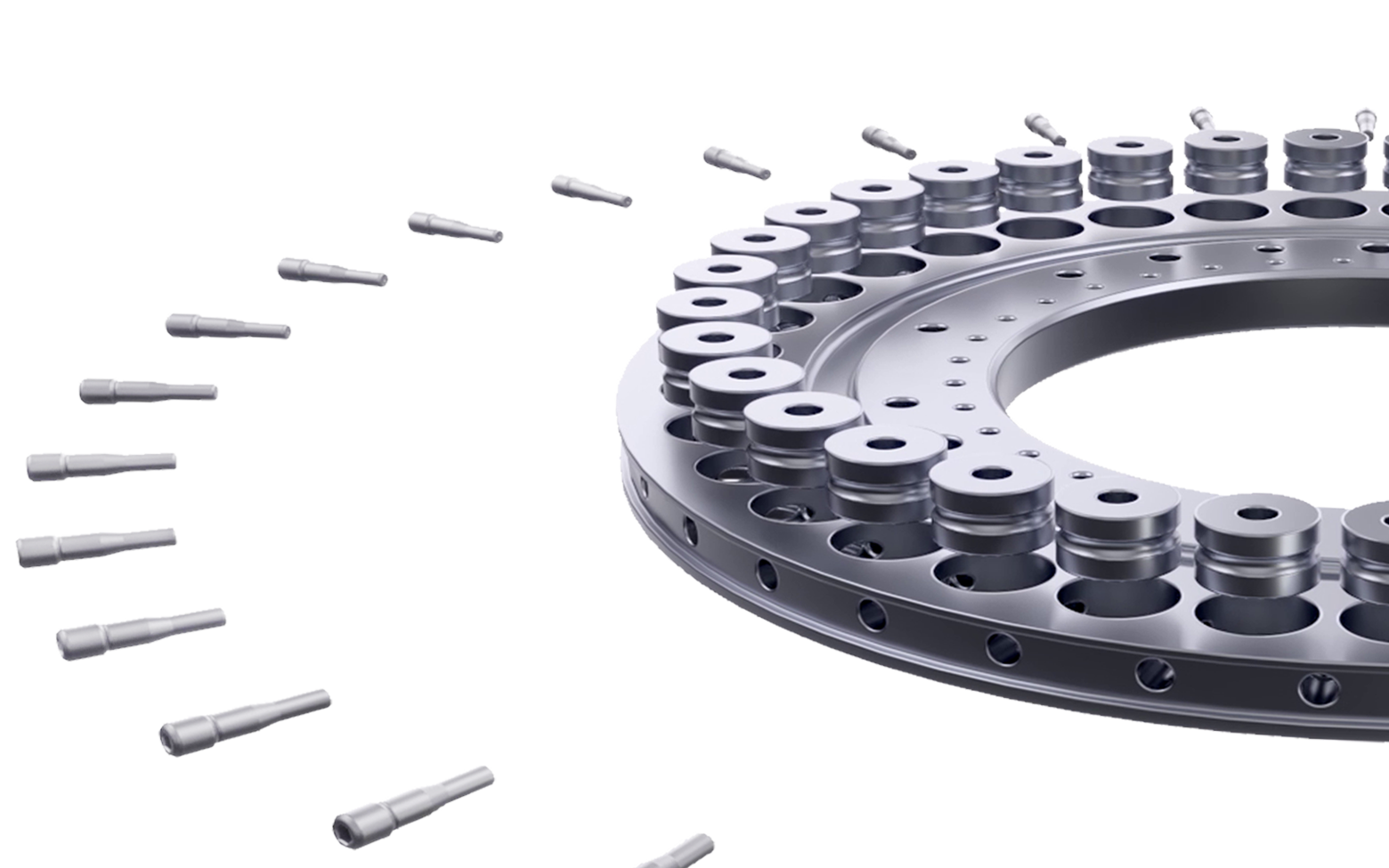Why Use a Compaction Simulator?
Development of pharmaceutical dosage forms requires the careful characterization and under-standing of the formulation, including active pharmaceutical ingredients (APIs) and excipients, and of the compression process. One of the most significant challenges in the early development phase is the limited quantity and the high cost of the API available for laboratory experimentation and manufacturing process scale-up. Compaction simulators offer a material saving approach throughout the lifecycle of a compound, from preformulation to production troubleshooting and reformulation (lifecycle extension).
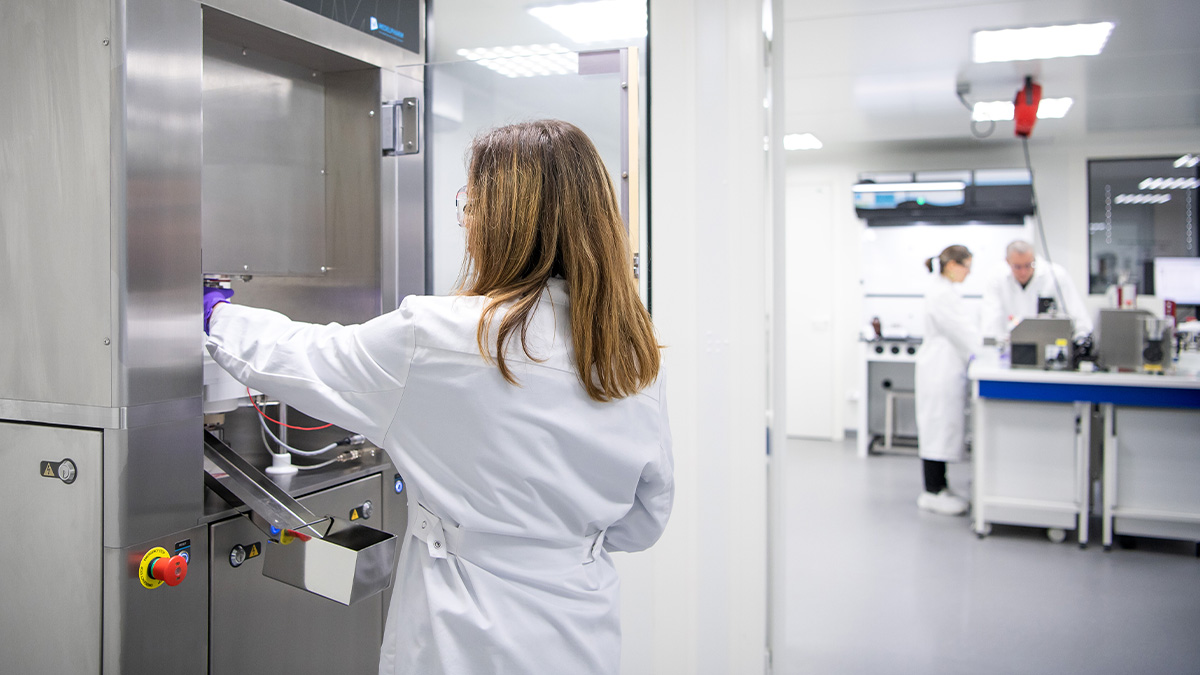
1. Evolution of Compaction Simulation Technology
Compaction simulators appeared in the early 1970s as the result of cooperation between the pharmaceutical industry in Europe and several universities. The goal was to close the gap between eccentric presses, small rotary tablet presses, and industrial-scale equipment.
The first generation of simulators was dedicated to analyzing materials and compaction behavior. In the early 1980s, the second generation was able to simulate R&D and production-scale tablet presses. This advanced technology was only available for the big pharma companies due to large capital investment. The latest generation of compaction simulators developed by MEDELPHARM offers scientists a sophisticated, easy-to-use and versatile tableting development and troubleshooting tool.
2. Instrumentation
Modern compaction simulators are highly instrumented single-station compression machines fitted with an upper punch, a lower punch, and a die that are capable of replicating compression kinetics of any high-speed production tablet press. They may be equipped with different types of tablet tooling, ranging from round and flat D-type punches commonly used in development or shaped and concave B-type punches used in production. These machines are hydraulically or mechanically powered to deliver a range of compression forces using highly controlled punch displacement profiles. Compaction simulators monitor punch displacement and force applied on these punches during the entire compression cycle. This information and subsequent analyses, such as the Heckel equation, allow a better understanding of the behavior of a powder sample under compression.
Compaction simulators can be fitted with instrumented dies to measure the stress that the powder exerts on the die wall during the compaction and ejection cycle. The die wall force measurement can be used in combination with upper punch force, lower punch force, ejection force, and punch position to calculate useful material parameters, such as maximum/residual die wall pressure. Other instrumentations (sensors) allow the monitoring of the adhesion of a tablet on the punch (sticking), and the study of die temperature effect on compression.
3. Data Analysis
Common compaction displacement profiles for pharmaceutical studies include saw-tooth (V shape, linear), extended-dwell time (Square shape) and rotary tablet press (Sinusoidal shape). Sinusoidal profiles better describe the displacement of punches on the tablet press compression roller, whereas saw-tooth profiles, ensuring a constant speed of the punch, may be better suited for the study of the densification of a powder bed. In addition to the above, simulators can also vary the dwell time of the compaction event from seconds to a few milliseconds. Therefore, punch speed can be similar to those encountered on single punch presses or even to the highest speeds obtained on the most advanced high-speed rotary tablet presses (dwell time < 10 ms).
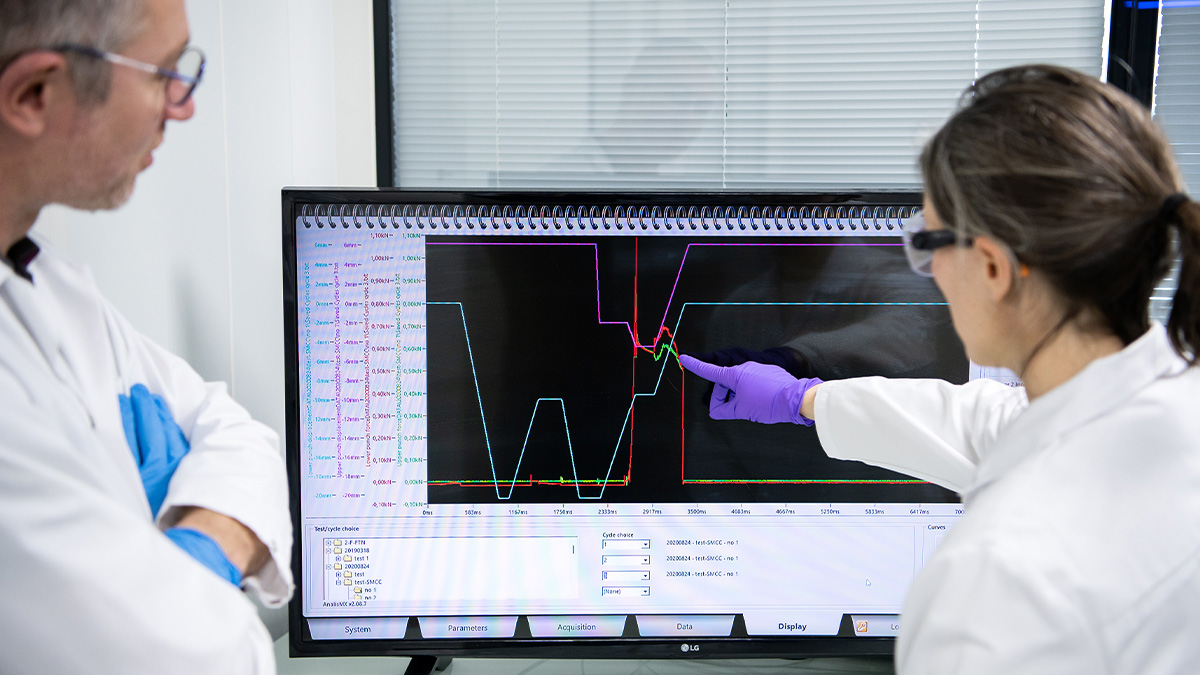
Compaction simulators are not designed to study the events prior to compression (hopper discharge or die filling) or the effects of production time (powder build-up or segregation). Compaction simulators are equipped with a gravity or paddle force feeder to automatically fill a powder sample within the die cavity. The correct weight/volume of powder is set by the position of the lower punch prior to the filling step. Powder can also be weighed and filled manually if material quantity or flow properties are limited. For this reason, compaction simulators are particularly useful for design experiments, allowing a small-scale approach to exploring composition and process effects on the manufacturing performance of oral solid dosage forms.
4. STYL’One Evo The Most Versatile Compaction Simulator
The STYL’One Evo is an electro-mechanical compaction simulator, offering immense versatility with single layer, multilayer and tab-in-tab capabilities. Additionally, to its ability to virtually simulate the compaction step of any tablet press, the STYL’One Evo can mimic the roller compaction process for dry granulation feasibility studies.
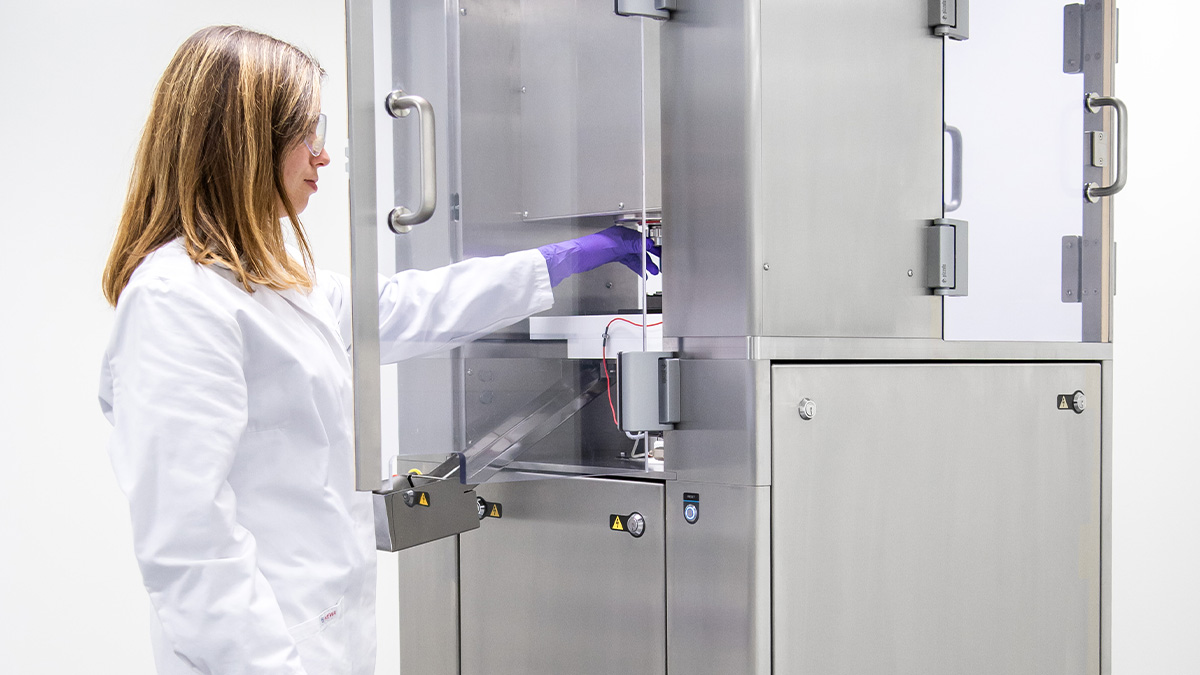
The STYL’One Evo software controls the machine, collects the data generated, and analyzes the data by plotting a wide range of parameters including manufacturability, tabletability, compressibility, and compactibility. Customized plots for any data parameter are easily developed to explore porosity, ejection stress, elastic recovery. Tablet tester data can be uploaded automatically to support subsequent reports and graphs.
The software has been designed with different modules to accommodate a wide range of tablet formats while keeping ease of use and ergonomics at the heart of the development. Predefined compression cycles are readily accessible for more than 200 production tablet presses. In addition, R&D compression profiles are available and new profiles can be generated to evaluate compres-sion time of precompression and main compression, relaxation time between pre- and main compression, time before ejection, ejection speed, and filling time.
This technological fit was achieved with close integration of software and hardware, but also a deep experience in the production and development processes.
MEDELPHARM’s constant innovation and commitment to understanding and meeting customer requirement has put the STYL’One technology at the head of the R&D market. Latest developments include the STYL’One Nano benchtop unit and a full line of containment executions to meet respectively the demand for an entry level solution, and the requirement for handling highly potent API.
Thanks to Dr. Gregory Thoorens for his contribution (Thesis of Gregory Thoorens) to this article.
